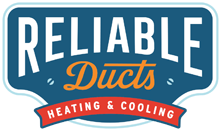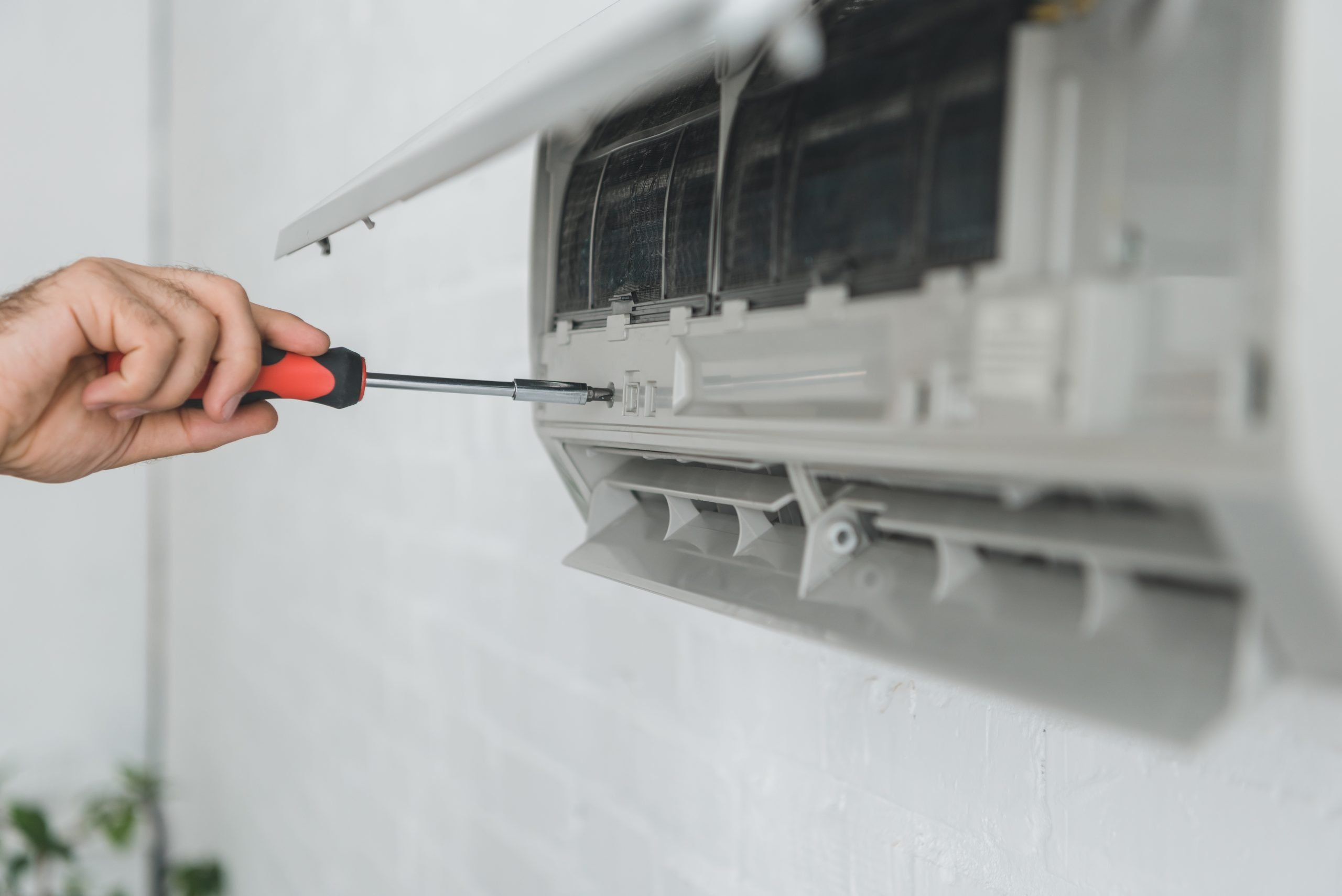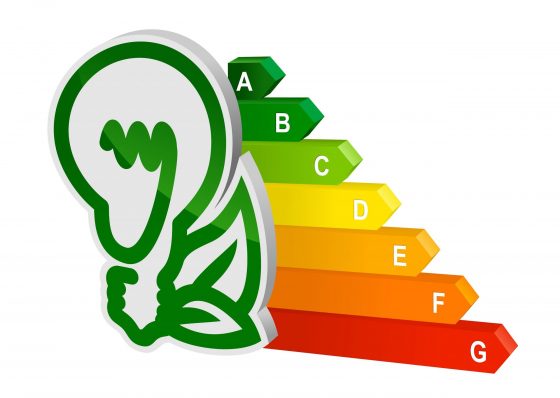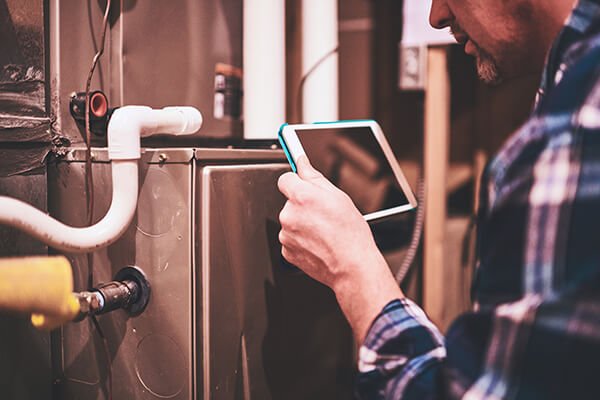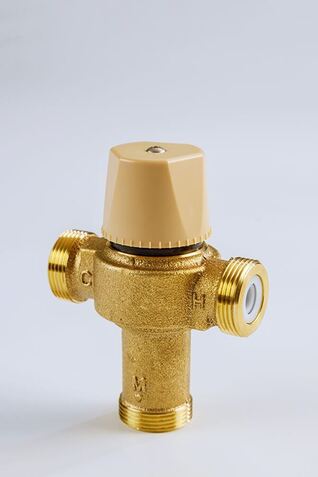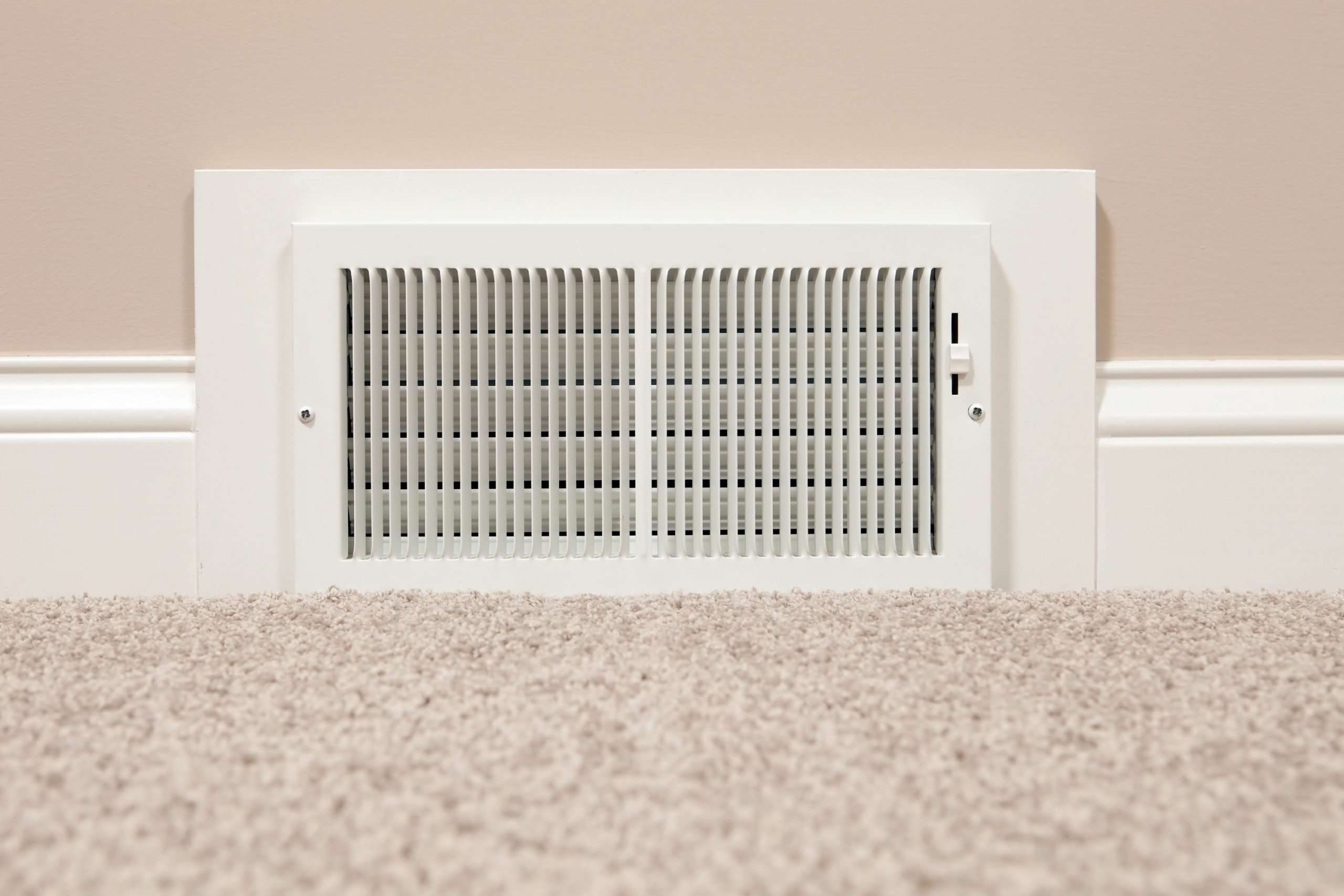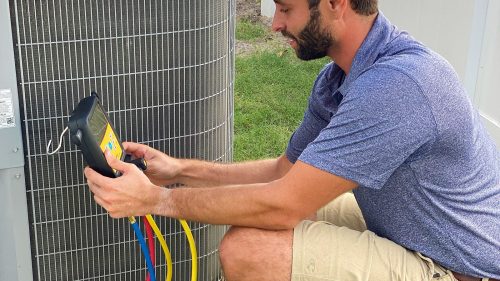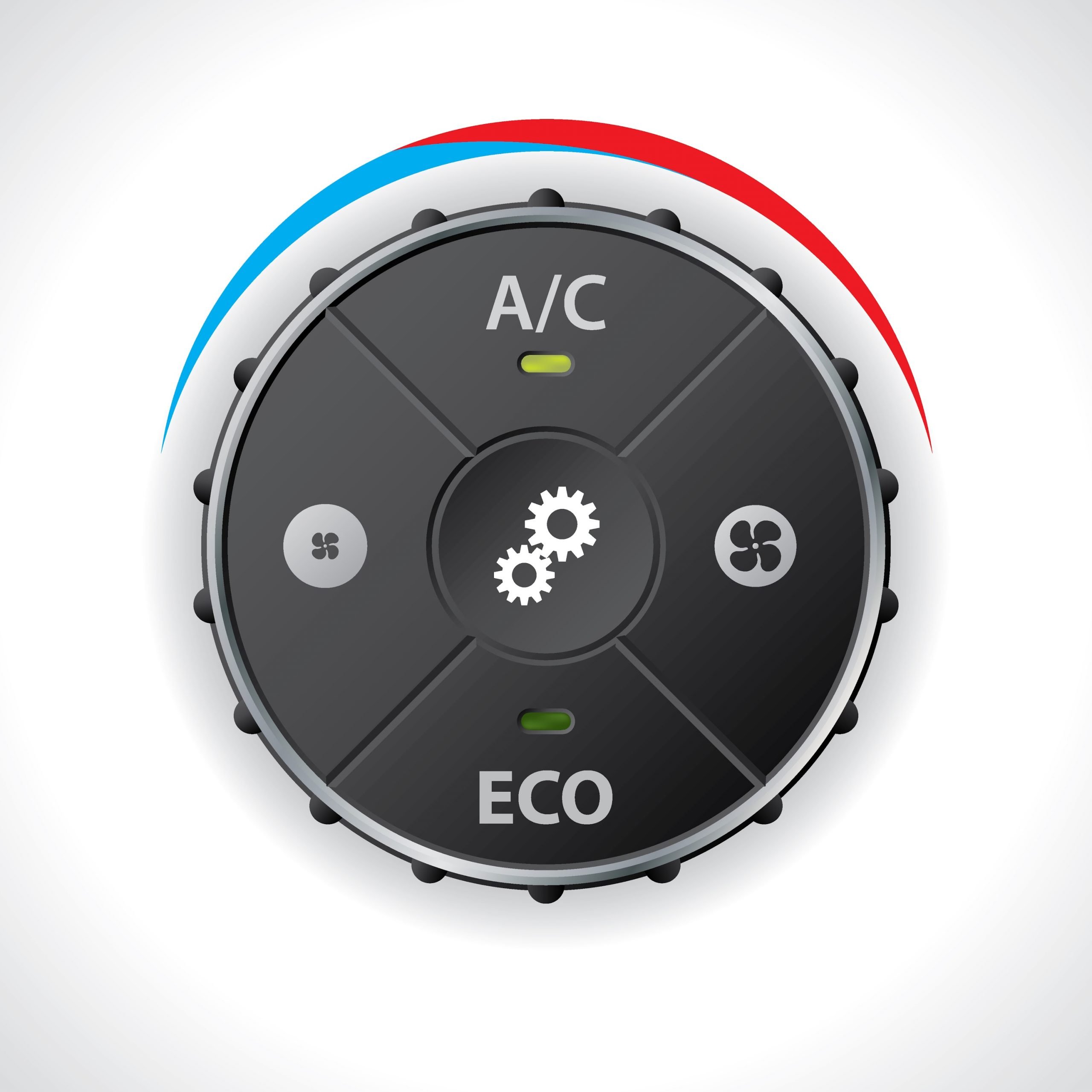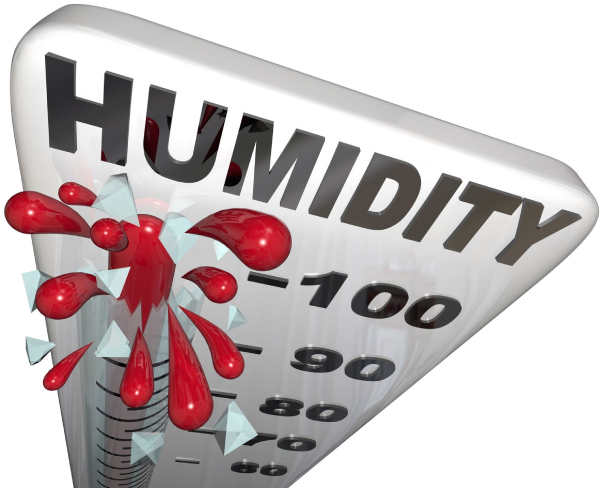A window unit and an HVAC system will provide a change in room temperature with different costs and air quality. A window unit is cheaper than an HVAC system. If you live in a home that has newer windows with energy-efficient glass, keeping your home cool will be easier with a window unit and less expensive to operate. An HVAC system and a window unit can provide the same cooling quality, but the costs will differ, and the air quality inside your home may vary.
A window unit provides air for only one room at a time since there are no ducts for better circulation in your home. With higher utility bills from running the AC constantly, these units typically cost more monthly than an HVAC system. However, for a long-term investment strategy to save costs on your utility bills, an HVAC system is most suitable. It is more energy-efficient than a window air conditioning unit. As energy prices continue to increase, you may want to consider a window unit for temporary relief with lower utility bills. If you have allergies or asthma, the fine particles of dust from a window unit can make you ill or worsen your allergies or asthma.
An HVAC system can help improve indoor air quality with extra insulation and fewer dust particles circulating throughout your home. An HVAC system assures higher air quality than the conventional window unit. If you live in a house that lacks ducts, it may cost more to install one than a window unit.
Therefore to answer your question on whether window units are cheaper than HVAC systems, yes, they are, but you need to compromise the quality of the cooling system you get. Window units can be expensive in the long run and uncomfortable, especially if your home has more than five rooms. Installing individual window units will dig an enormous hole in your pocket. Window units may be cheaper to operate, but you will get less bang for your buck. You are better off with an HVAC system and ducts.
What Can Your Home Electrical System Handle?
To decide what air conditioning your home needs, we recommend considering your electrical input and output. Your home should be able to run and manage your desired HVAC system without unnecessary breakdowns or inefficiency. Your electrical input is rated in amps, measuring how much electricity your household will draw. A properly sized air conditioning unit for your home should not strain the electrical input of your home. We can do the math for you and assure you that your air conditioning system is safe to run in your home.
Picking an incompatible pair will result in additional bills for repairs and unnecessary maintenance. Your home needs a stable electrical inlet and outlet to prevent power surges that may fry your air conditioning system. The determinants to consider are the age and condition of your power source. If your home is solar-powered, you have the upper hand in installing the best air conditioning systems without fear of energy waste. Your HVAC system must power itself with minimal electricity or use electricity as infrequently as possible.
Ductless Air Conditioning Systems Are Worth It
Ductless air conditioning systems are best for large homes due to the larger surface area to control the room temperatures. The ductless air conditioning systems are very efficient in terms of power consumption, but their price tag is a little higher than the conventional air conditioners. Also known as the mini-split unit, the system incorporates a technological thermostat system that allows individual room adjustments. The thermostats are located internally while the cooling fans are installed externally, providing a quieter environment while switched on.
The ductless air conditioning system has a digital timer display to record and present the energy consumption rate. Additionally, the system has a programmable heat setting allowing for suitable heating and cooling effects on individual rooms. Installation of the ductless air conditioning system is simple and easy. A conventional air conditioner may consume more energy in cooling a small space than a ductless air conditioner consumes in a larger room.
The main benefits of the ductless air conditioning system are its low maintenance costs, silent operation, and cost-efficiency. We offer professional installation for an energy-efficient ductless air conditioning system to help lower your utility bills in the long run.
Window Units Are Cheap but Not Effective
Window units are suitable for the temporary cooling of single rooms. They are based solely on remote heat exchange, and thus they cannot be used as a heat pump. Only the advanced window units can use the warmth inside your house to reverse a cooling effect. They rely on the low temperature of the air coming in and out of your home.
The built-in fan blows at low speed, which causes low noise but keeps the room cool for short periods. Installing a window unit will be a great inconvenience to your home during the summer due to the extremely high temperatures outside and slow cooling indoors. Therefore, we recommend you only install a window unit under the following circumstances:
- Your home is a rental apartment
- Hot climates outside are temporary
- Your home lacks existing ductwork
- Your home has an outdated cooling system
The advantages of this system include:
- Quick installation
- Affordable prices
- Less energy consumption
- Short term investment
The cons of installing this system include:
- No air filtration property
- Uneven temperature regulations
- Temporary cooling effects
- Limited to one room
HVAC Systems Are Expensive but Efficient
HVAC systems are a permanent solution to your air conditioning problem. They are durable and come with a long life span with minimal maintenance. Their major drawback is the expensive installation costs. Your home size determines the installation costs due to work needed. HVAC systems consist of air ducts and air ductwork, thermostats, blower motors, cooling fans, warm-air registers, and vents to distribute the cool air throughout your home.
The system is controlled by a thermostat that monitors and adjusts the temperature in your home. An HVAC system with an Energy Efficiency Ratio upgrade is considered efficient and cost-effective. We recommend installing an HVAC system for a long-term solution to heating and cooling your rooms separately. The additional software that predicts your home needs regulates energy consumption by shutting off when even suitable temperatures have been achieved. It is an energy-efficient masterpiece in your home.
Engage Professional Minds to Help You Install the Best Air Conditioning System for Your Home
At Reliable Ducts Heating & Cooling, you are assured of a fully serviced home with optimized energy efficiency. Your comfort and home sustainability to save energy is our number one priority. The services we provide are essential to the well-being of your family and good health. Our services offer a smooth, cost-effective installation with the least hassle.
Here are the services that we offer with a quality assurance guarantee:
- Heating services such as furnace repair and replacements
- Reliable air conditioning home services
- Duct cleaning to remove contaminants
- Duct maintenance for better temperature regulations
- UV lighting for energy efficiency
- Ventilation testing to seal air leaks
- Humidity control for your home comfort
- General maintenance for indoor and outdoor services
Contact Reliable Ducts Heating & Cooling to receive further information on how you can improve your air conditioning system while considering cost, efficiency, and home equity.
